Articles tagged with: "jazz theory"

The Major Scale: The Foundation of Western Music
The major scale is the most fundamental scale in Western music. It's a seven-note diatonic scale that forms the basis for countless melodies, harmonies, and musical compositions across all genres....

Unlocking the Lydian Dominant (Lydian b7): A Comprehensive Guide
Dive deep into the Lydian Dominant scale (Lydian b7), the sound behind *The Simpsons* theme and countless jazz solos. This guide breaks down its theory, shows you how to build …
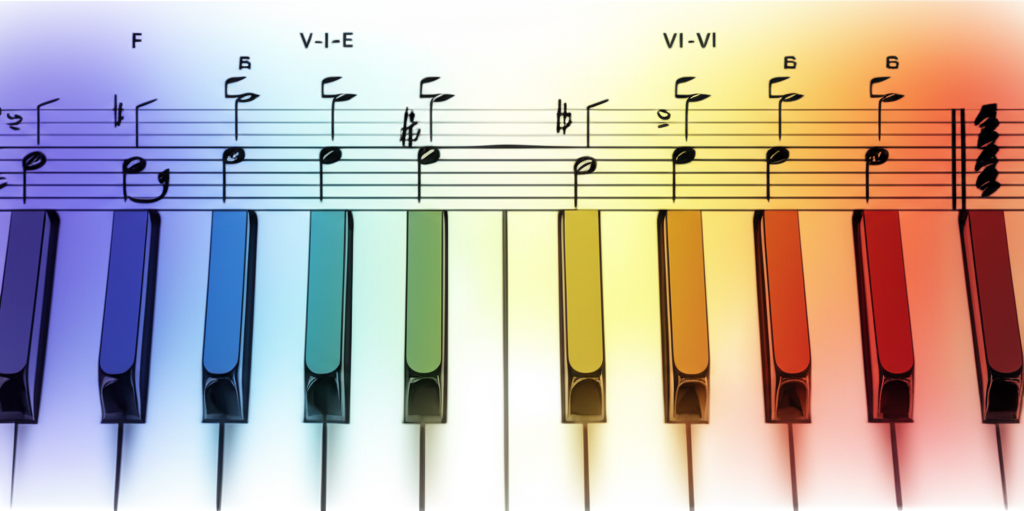
The Andalusian Cadence (Am-G-F-E): A Complete Guide to This Iconic Progression
The Andalusian Cadence is a descending chord progression typically written as Am-G-F-E in modern notation. This four-chord sequence creates a distinctive melancholic yet powerful sound that has been...
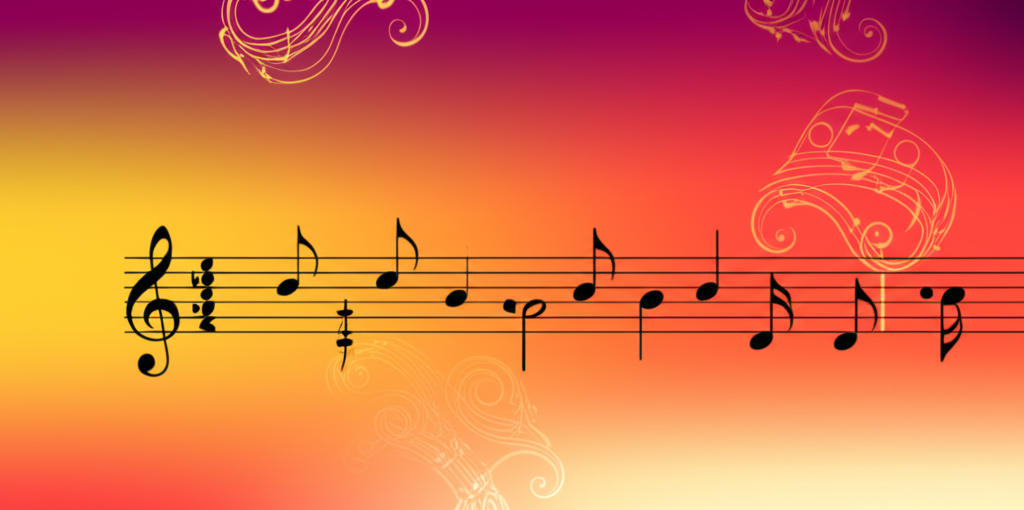
The Neapolitan Major Scale: A Comprehensive Guide for Musicians
The Neapolitan Major scale is a fascinating and somewhat exotic scale that offers a unique sound palette for composers and improvisers. This scale, also known as the Lydian Dominant scale, …
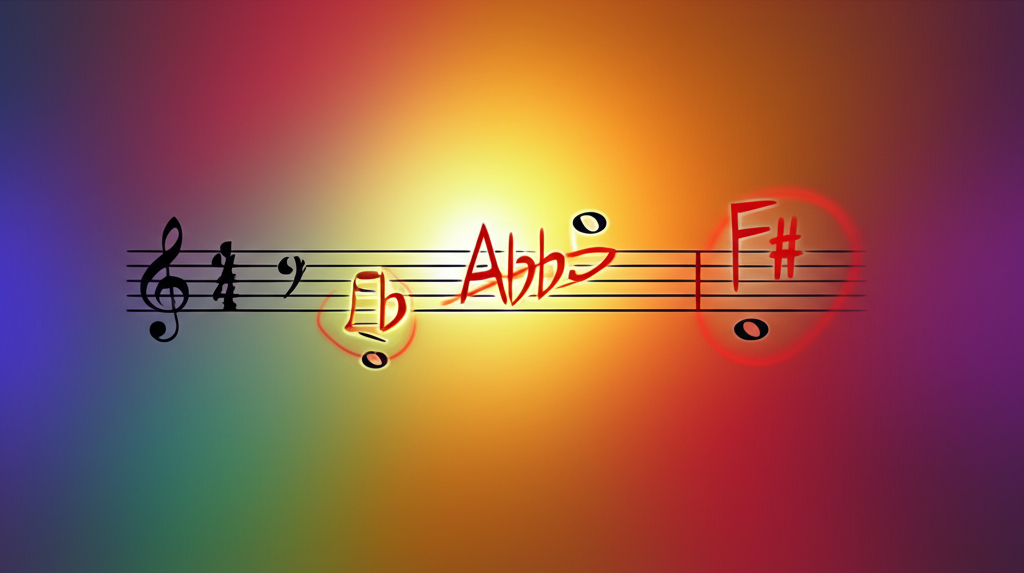
The Complete Musician's Guide to the Locrian Mode
The Locrian mode is the seventh and final mode of the major scale, known for its dark, unstable, and tense sound. This mode is unique because it features a diminished …

The Tritone: Understanding the Devil's Interval in Music
A tritone is a musical interval that spans three whole tones, hence the name 'tritone'. It is also known as an augmented fourth (A4) or diminished fifth (d5), depending on …

The Blues Scale: The Sound of American Soul
The blues scale is a fundamental musical tool that captures the expressive, soulful heart of the blues and has profoundly influenced countless genres, from jazz and soul to rock and …

Mastering the Locrian Mode: The Darkest Scale in Music Theory
The Locrian mode is the seventh and final mode of the major scale, known for its dark, unstable, and dissonant sound. Often considered the "darkest" of the seven modes, it …

Bebop Major Scale: Elegant Chromaticism in Jazz
The bebop major scale is an eight-note scale that adds a chromatic passing tone between the fifth and sixth degrees of the major scale. This sophisticated scale is a cornerstone …

Mastering the Natural Minor Scale: The Complete Beginner's Guide
This article explores mastering the natural minor scale: the complete beginner's guide, covering its fundamental concepts, practical applications, and musical examples.

The Altered Scale: Your Ultimate Guide to Jazz Dominant Tension
Imagine a dominant chord that's not just pushing to resolve, but is practically screaming to. That's the sound of the altered scale. It's a collection of notes specifically chosen to …

The Tritone: Mastering the Devil's Interval in Music
The tritone is one of the most fascinating and controversial intervals in music theory. Spanning three whole tones (hence the name "tritone"), this interval has been called the "devil's interval" …
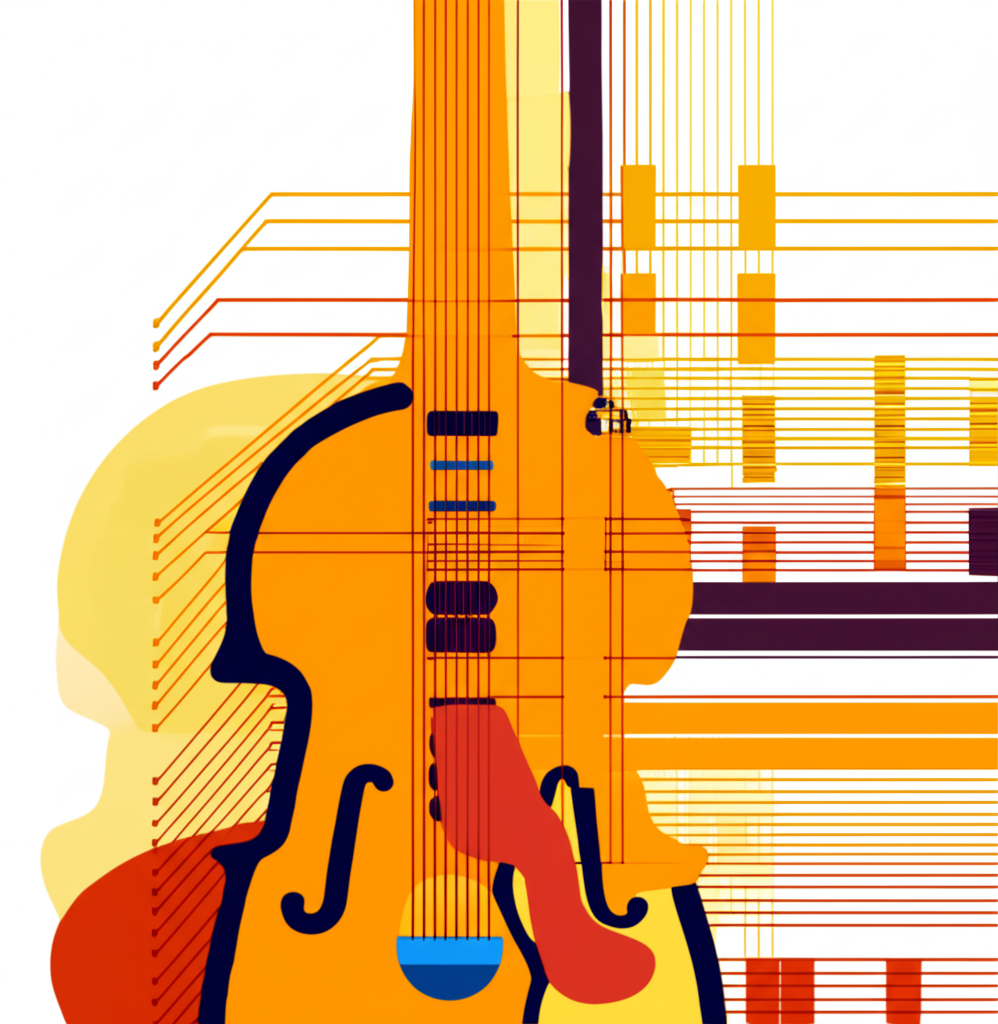
Mastering the Neapolitan Minor Scale: Theory and Practice
This article explores mastering the neapolitan minor scale: theory and practice, covering its fundamental concepts, practical applications, and musical examples.

The Lydian Mode: Bright Colors in Modern Harmony
The Lydian mode, characterized by its distinctive raised fourth degree, creates a bright, optimistic, and often magical sound that has captivated composers and improvisers. This comprehensive guide...

Perfect Unison: The Fundamental Building Block of Music
The perfect unison is the most fundamental interval in music theory. It occurs when two notes of the same pitch are played simultaneously. This interval serves as the building block …

The Minor Pentatonic Scale: A Comprehensive Guide for Beginners
This article explores the minor pentatonic scale: a comprehensive guide for beginners, covering its fundamental concepts, practical applications, and musical examples.
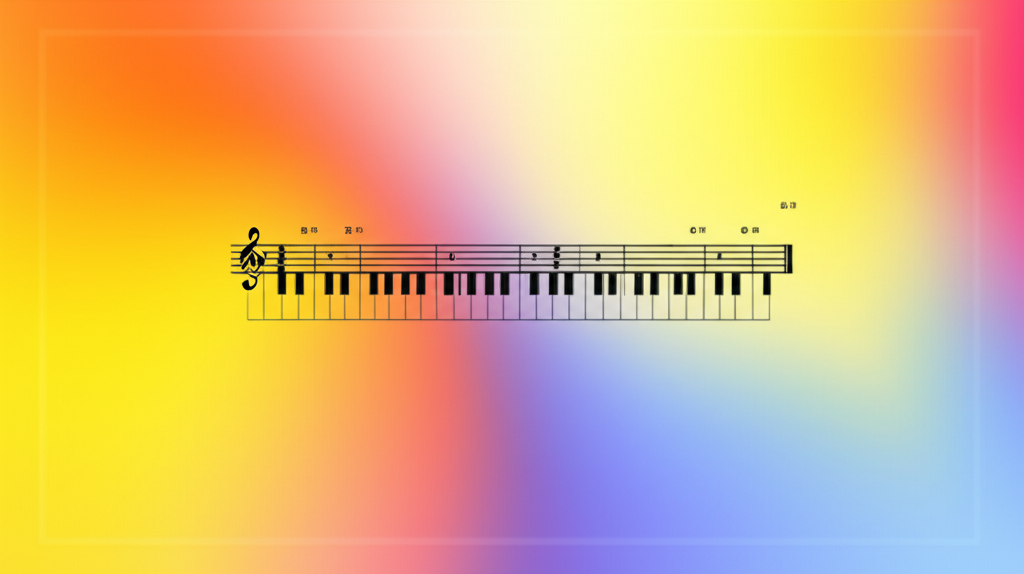
Mastering the Mixolydian Mode: A Complete Guide for Musicians
The Mixolydian mode is one of the seven musical modes derived from the major scale. It is often described as a major scale with a flattened seventh (♭7), giving it …

The Bebop Dominant Scale: Unlocking the Language of Jazz
The Bebop Dominant scale is an eight-note scale that adds a single chromatic passing tone to the standard Mixolydian mode. This addition is the key to creating the smooth, rhythmically …
Perfect Unison Explained: The Fundamental Interval Every Musician Should Master
This article explores perfect unison explained: the fundamental interval every musician should master, covering its fundamental concepts, practical applications, and musical examples.

Minor Ninth Interval: Expanding Beyond the Octave
The minor ninth interval is a compound interval spanning thirteen semitones, equivalent to an octave plus a minor second. This interval creates a distinctive sound that is both dissonant and...

Major Ninth Interval: Bright Extensions in Modern Harmony
The major ninth interval is a compound interval spanning fourteen semitones, equivalent to an octave plus a major second. This bright, open-sounding interval is a cornerstone of modern harmony,...

Minor Sixth Interval: The Melancholic Beauty
In the rich tapestry of musical intervals, the minor sixth holds a special place. It possesses a powerful emotional duality: a sound of profound sadness and longing, yet one that …

The Perfect Octave: A Fundamental Interval in Music
The perfect octave is one of the most fundamental intervals in music theory. It is the distance between two notes where the higher note has exactly double the frequency of …
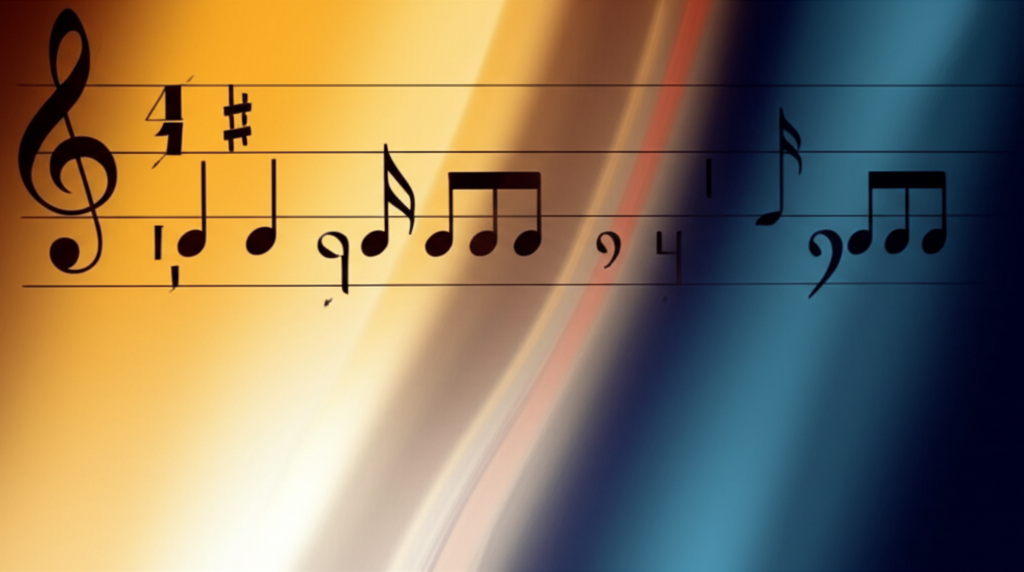
12-Bar Blues Progression: The Foundation of American Popular Music
The 12-bar blues is the most important and influential chord progression in the history of American popular music. This foundational harmonic cycle, built on the I, IV, and V chords, …

Decoding Giant Steps: The Pinnacle of Modern Jazz Harmony
This article delves into John Coltrane's seminal composition, "Giant Steps," a cornerstone of modern jazz. We will dissect its revolutionary chord progression, known as "Coltrane Changes," exploring...